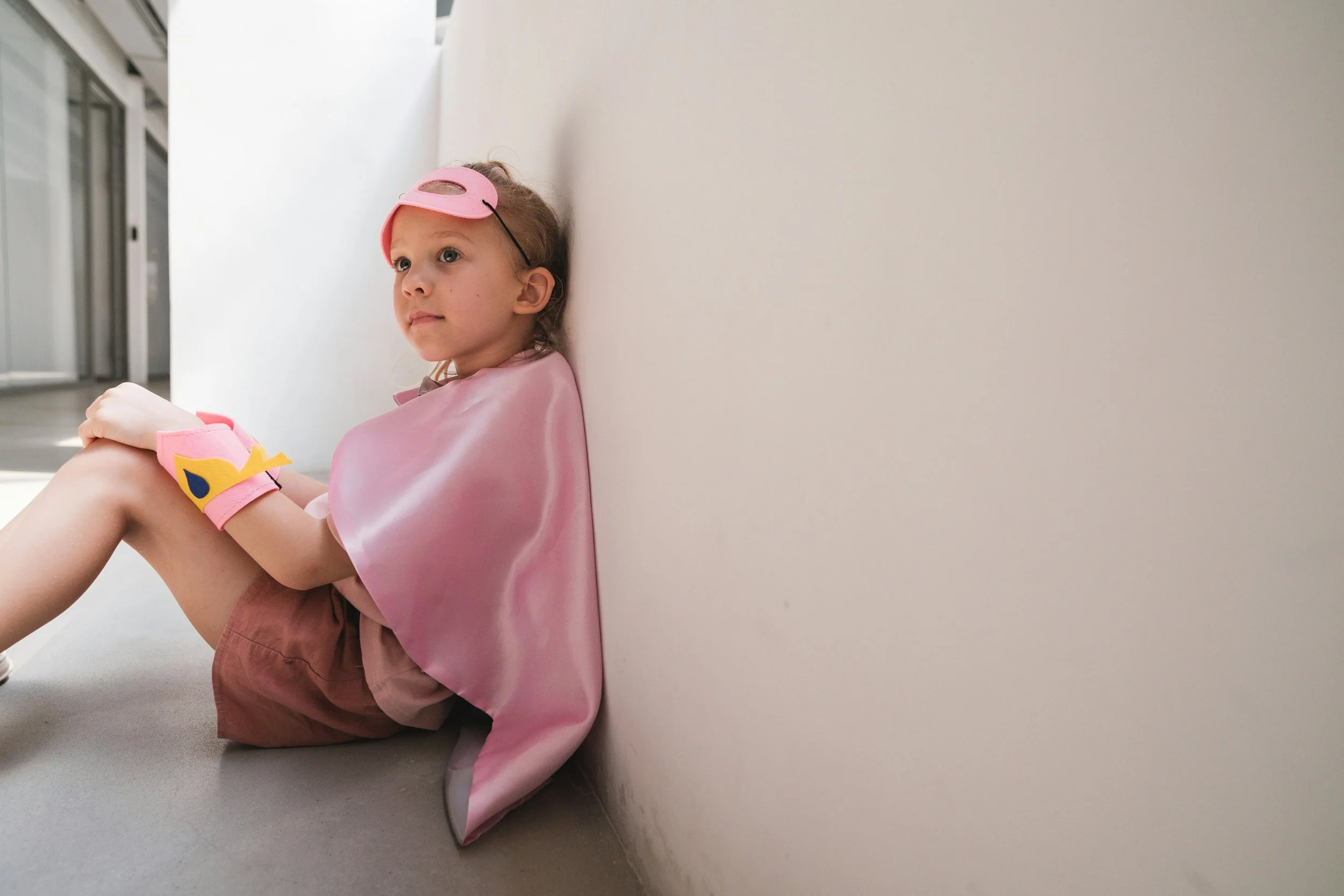Ten Top Tips for Returning to Exercise Postpartum
Daily movement is one of the most important things humans can do to keep themselves both physically and mentally strong, and this especially rings true when a woman becomes a mother. Keeping the body moving is crucial for the health of the mother, and her baby.
Before establishing the global brand for mothers, Cadenshae founder Nikki Clarke was a highly sought after personal trainer. Whilst setting up the maternity business, Clarke became a mum four times over and has the expertise and know-how to coach women during this special and unique time in their lives.
Clarke says many new mothers reach out for advice on exercise at this time of year.
“With an influx of babies being born around spring (in the southern hemisphere), come the New Year, many mums are starting to think about exercising again and getting their bodies moving.”
"It's my absolute pleasure to help them out, as it's so very important they get proper advice after having a baby. You have to be careful and go slowly."
Nikki Clarke’s Top 10 Tips for Returning to Exercise Postpartum
Firstly, never compare yourself to others. You’re on a completely different journey to anyone else...with a different body, baby, pregnancy and birth story. The timeframes given below are just an example. Some mothers begin moving a few weeks after birth, others may take six months. There is no right or wrong. Do what feels right for you and your body.
Focus first on healing and recovery, not exercise.
Enjoy moving at a lesser intensity postpartum. Allow your body to ease into exercise, don’t push too hard, too soon.
If you can, a few days after birth, start out by focusing on your pelvic floor muscles, your abdominal muscles, your breathing and your posture.
Focus on fuelling your body with nutritious food and keeping well hydrated.
Between two-four weeks post birth, you may feel like getting out and about for a gentle walk, no up-hills though, just something light and easy.
At around six weeks postpartum, add some squats, lunges, support presses and pulls. You can now do some uphill walking if you wish, but don’t walk for more than an hour each day.
At eight-12 weeks postpartum you should be feeling more yourself (apart from the sleep deprivation), and if you’re into weights, you can add them in for some interval training. Climbing stairs is also a good idea. Each time you exercise, keep an eye on your baby. If they’re fussing, you may be going too hard, too soon, and this could be affecting your supply (if breastfeeding)...scale back a bit if this is the case.
After around three months some mothers start to move more freely and begin feeling stronger and ready to increase the intensity. For others this may come after nine months. Remember, you do you! Even a five minute walk a few times a week is better than nothing.
And of course, you can’t do any exercise unless you’re in supportive, comfortable gear. I highly recommend checking out Cadenshae for some medically endorsed activewear to suit any body type!
Clarke says all women should consult their health care professional before undertaking any type of exercise after birth.
























